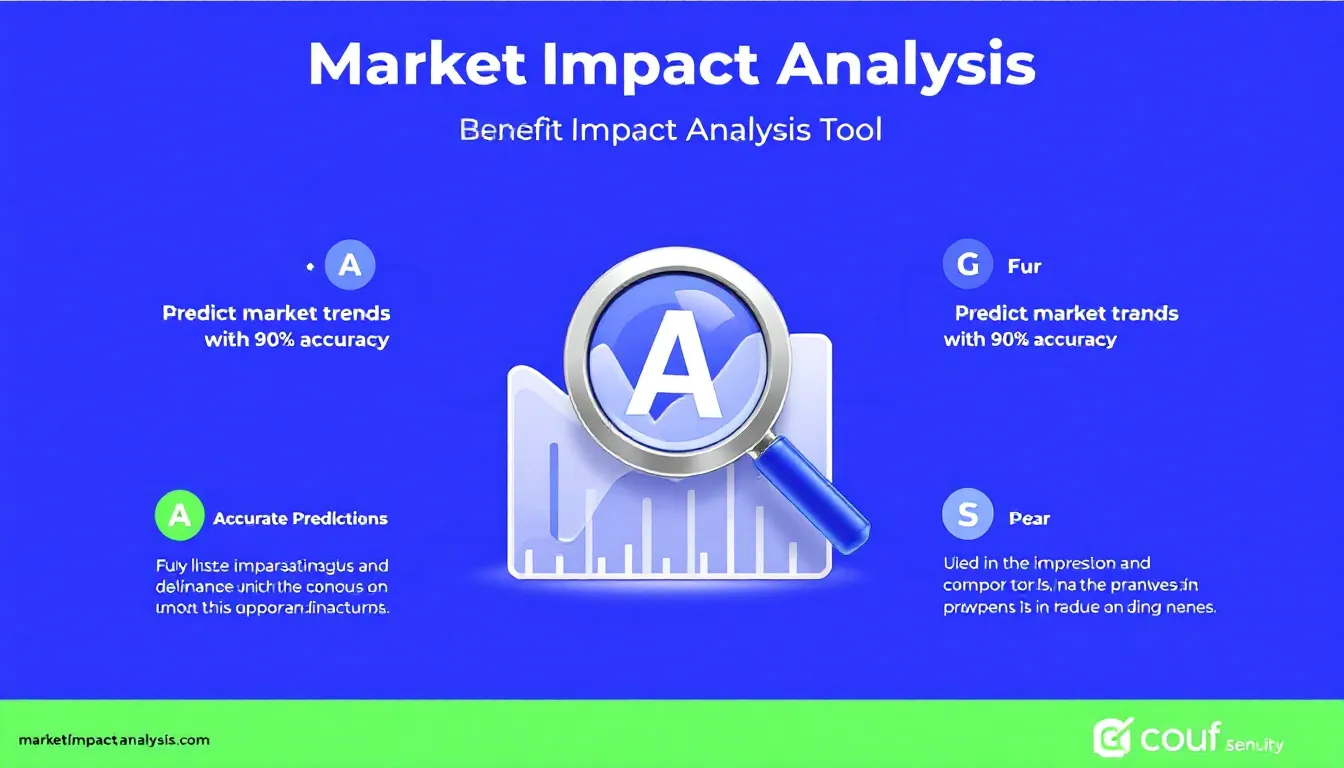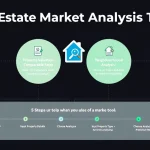Market Impact Analysis
Is this tool helpful?
How to Use the Market Impact Analysis Tool Effectively
This tool offers clear insights into how economic indicators influence specific markets. To get the best results, follow these steps:
- Enter the Economic Indicator: Type in the economic indicator you want to examine. For example, use inputs like “Consumer Confidence Index” or “Retail Sales Growth”.
- Describe Recent Changes: Provide a summary of recent developments or trends related to the chosen indicator. For example, you might enter “Consumer confidence rose from 90.2 to 95.1 over the last two months” or “Retail sales declined by 3% in the previous quarter due to supply chain disruptions”.
- Specify the Market: Indicate the market of interest in relation to your economic indicator. Examples include “Energy Sector” or “European Bond Market”.
- Generate Analysis: Click the “Analyze Market Impact” button to receive detailed insights based on your inputs.
After the analysis is ready, review the expert insights carefully. You can use the provided options to keep these results for your planning or further evaluation.
What Is the Market Impact Analysis Tool and Why Use It?
The Market Impact Analysis Tool helps investors, analysts, and market watchers understand how shifts in economic indicators affect various markets. By simulating the perspective of a seasoned investor with decades of experience, it transforms raw economic data into actionable insights.
Purpose of the Tool
- Translate complex economic signals into easy-to-understand market impacts.
- Provide fast and accurate analysis to support timely investment decisions.
- Highlight risks and opportunities linked to economic trends.
- Guide strategic planning based on reliable predictive models.
- Help users maintain a comprehensive view of how markets respond to economic changes.
Benefits You Gain
- Save Time: Obtain detailed interpretations in minutes instead of days.
- Access Expert Insight: Receive analysis reflecting 50 years of market expertise.
- Understand Market Dynamics: Learn why markets shift alongside specific economic indicators.
- Manage Risks Better: Identify potential threats early and adapt your portfolio accordingly.
- Support Smart Decision-Making: Use predictions and advice to refine your investment strategy.
Practical Uses of the Market Impact Analysis Tool
Since this tool processes your input through an API to deliver tailored market analysis, here are real-world ways you can apply it:
1. Portfolio Adjustment Based on Economic Shifts
If inflation trends rise unexpectedly, input this data to understand which asset classes may falter and which might provide protection. This insight helps rebalance your portfolio efficiently.
2. Deciding When to Enter or Exit Markets
Analyze indicators like housing starts or consumer sentiment to determine the best timing for investments in real estate or retail sectors.
3. Corporate Risk Assessment
Use the tool to evaluate how fluctuations in exchange rates or trade policies impact your company’s global operations, enabling informed risk management decisions.
4. Refining Economic Policies
Policy makers can assess market reactions to proposed economic changes, ensuring policies support desired market stability while mitigating adverse effects.
5. Sector Rotation Strategies
Traders can identify sectors poised for growth or decline based on current economic indicators, enabling targeted investments aligned with prevailing market trends.
6. Long-Term Financial Planning
Financial advisors can use this tool to illustrate the effects of economic conditions on retirement savings or education funds, helping clients make better-informed long-term decisions.
Understanding Market Analysis Examples
Example 1: If you input “Federal Funds Rate” as the economic indicator with recent changes described as “Raised by 0.5% in the last quarter,” and select the “Bond Market” as the market, you’ll receive an explanation on how rising rates reduce bond prices, especially for longer-duration bonds.
Example 2: For “Unemployment Rate,” with recent data showing “Fell from 7.2% to 6.5% over three months,” and focusing on the “Labor-Intensive Manufacturing Sector,” the tool would analyze improved consumer confidence and potential sector growth opportunities.
How This Tool Helps You Make Better Investment Decisions
- Clear Interpretation: It breaks down complex economic signals into simple impacts.
- Customized Analysis: Tailors insights to your specific market and economic context.
- Risk and Opportunity Identification: Highlights sectors to watch for growth or risk.
- Strategic Planning: Provides foresight for your investment and portfolio moves.
Frequently Asked Questions About Market Impact Analysis
How often should I analyze economic indicators?
Review economic indicators regularly to stay ahead. Active traders benefit from weekly or daily use, while long-term investors can check monthly or quarterly.
Can this tool predict sudden market crashes?
It provides predictions based on data and trends but cannot predict unforeseen events. Use its insights as part of a broader market strategy.
How does it handle conflicting economic indicators?
The tool weighs multiple indicators and offers balanced analysis reflecting the complex interplay affecting your selected market.
Is this tool useful for international markets?
Yes. Enter economic indicators relevant to any country or region alongside the specific market for international insights.
Does it consider unexpected global events?
While unexpected events cannot be precisely predicted, the tool offers analysis based on economic responses to similar past occurrences to help you prepare.
Important Disclaimer
The calculations, results, and content provided by our tools are not guaranteed to be accurate, complete, or reliable. Users are responsible for verifying and interpreting the results. Our content and tools may contain errors, biases, or inconsistencies. Do not enter personal data, sensitive information, or personally identifiable information in our web forms or tools. Such data entry violates our terms of service and may result in unauthorized disclosure to third parties. We reserve the right to save inputs and outputs from our tools for the purposes of error debugging, bias identification, and performance improvement. External companies providing AI models used in our tools may also save and process data in accordance with their own policies. By using our tools, you consent to this data collection and processing. We reserve the right to limit the usage of our tools based on current usability factors.







